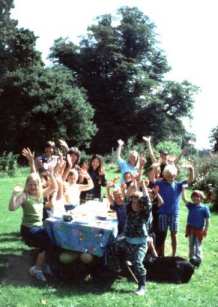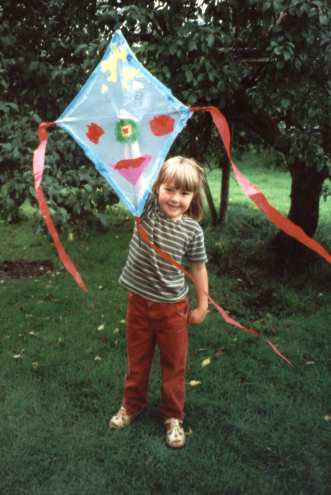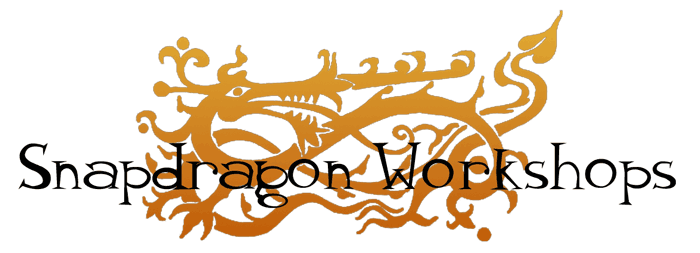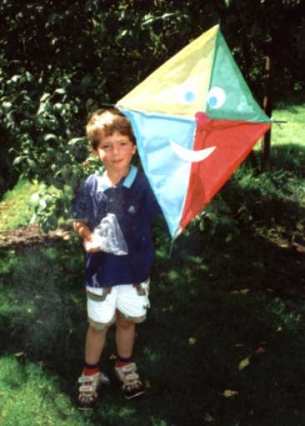Studying the evolution of flight: Science Week at The Forum, Norwich
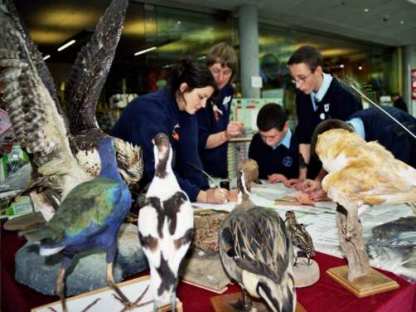

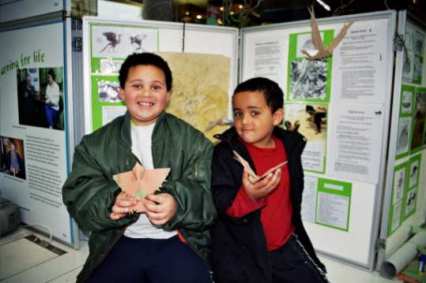
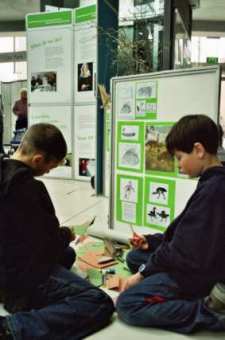
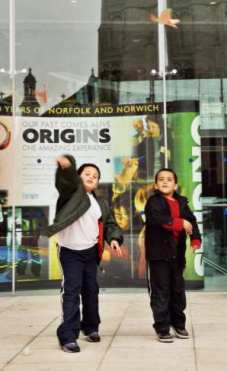
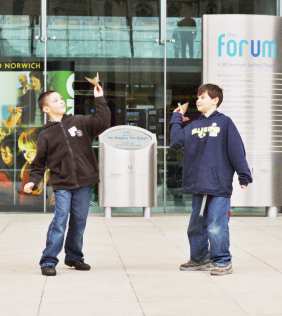
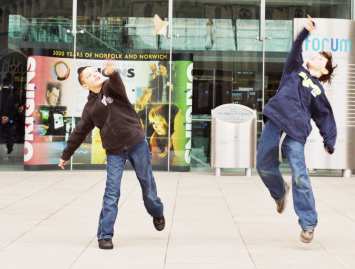
We were representing "Roots of Norfolk at Gressenhall" (the Norfolk Rural Life Museum) for one day at the Forum in Norwich, as part of National Science Week.
The subject we chose was the evolution of flight. We had a table of stuffed birds ranging from a Swallow to an Osprey and
pictures and information about fossil birds and the evolution of flight in both the natural and man-made worlds from Archaeopteryx to Leonardo Da Vincis flying machines.
The activities included quizzes, comparing flight feathers to decorative feathers, writing with quills and creating birds from paper and card that could actually fly.
"Bugs and butterflies" - studying insect life and food webs
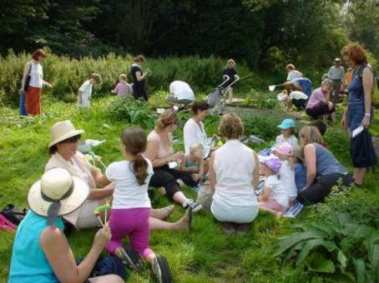
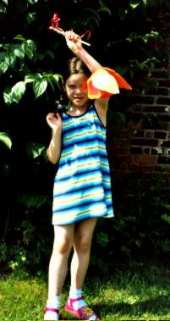
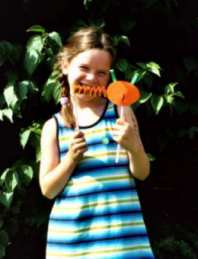

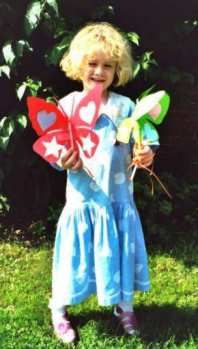
Bugs and butterflies is a popular "science through creativity" workshop that has been held at "Roots of Norfolk at Gressenhall" (the Norfolk Rural Life Museum) during the summer holidays.
The workshop is held down by the river and concentrates on looking at living things in their environment including beetles,
caterpillars, butterflies, moths, dragonflies and other insects focusing on foodwebs, "danger colours", and the process of metamorphosis.
This is complemented by a session of river-dipping and studying the world of aquatic invertebrates.
Staying beside the river and the water meadows, through paper engineering we then make moving fish,
caterpillars, flying butterflies and dragonflies using the colours and textures we have studied.
Some children have also been inspired to create stained glass window decorations, including some of the leaves and grasses they studied in the water meadows.
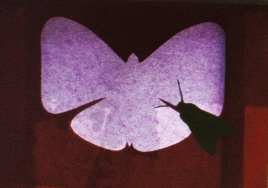
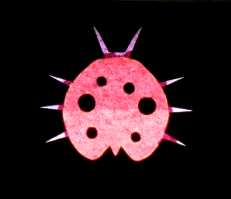

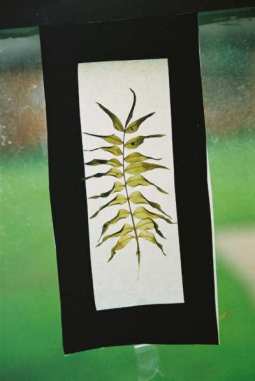
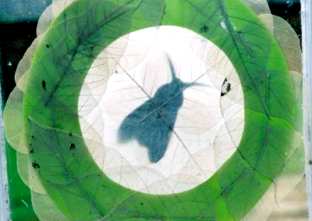
"Ammonites and Elephants!" - a study of Geology through creativity
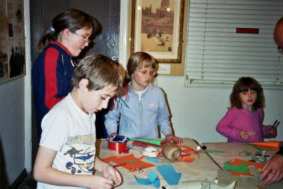
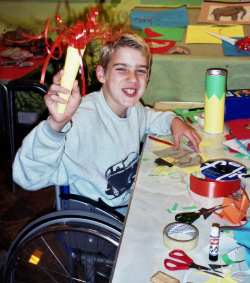
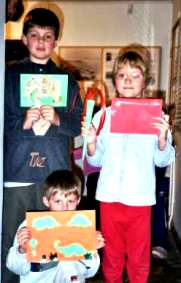
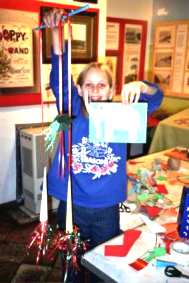
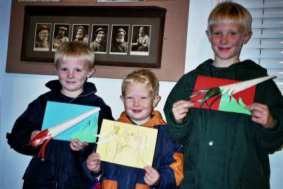

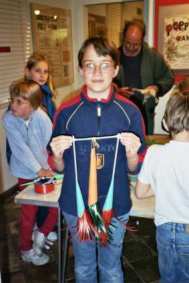
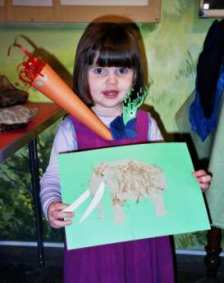
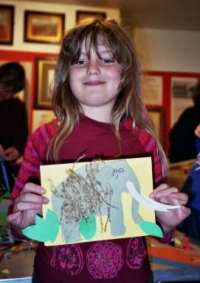
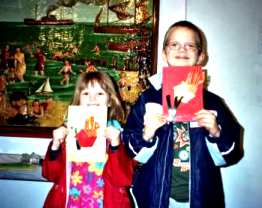
This workshop has been held several times at Cromer Museum on the North Norfolk Coast, and has proved to be very popular.
During this workshop we study the geology of the North Norfolk Coast and the fossils that are found there,
concentrating on ammonites, belemnites, echinoids and the West Runton Elephant. Children create pictures, collages, mobiles,
cards and paper sculptures of prehistoric animals of their choice.
"Norfolk Geology Day, 2003": a beach sculpture session for Norfolk Museum and Archaeology Service's
annual Nofolk Geology Day at West Runton
The world-famous "West Runton Elephant" (the largest elephant skeleton ever discovered) was recreated on the beach
right next to the cliff where it was found in 1990. It was made the same size as
it would have been in life, some 650,000 years ago. This beach sculpture was created by numerous
enthusiastic children under the direction of
Gemma, made from beach pebbles,
rocks, sand and seaweed, and was left at the end of the day for the elements to disperse.
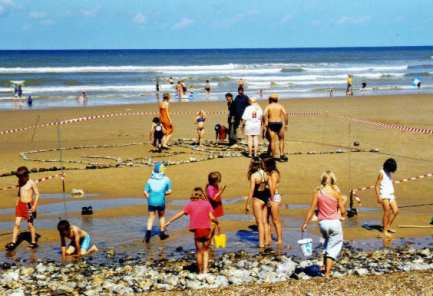
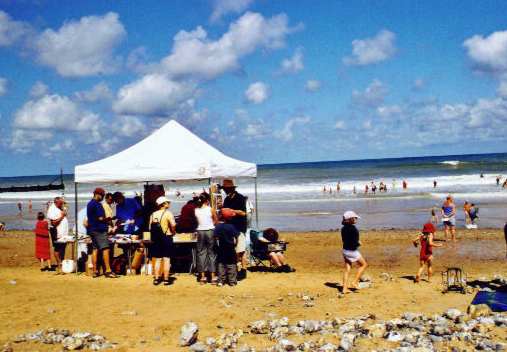

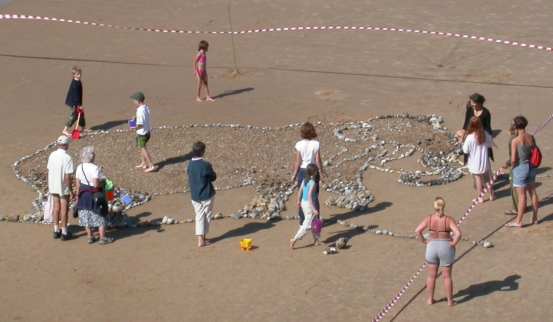

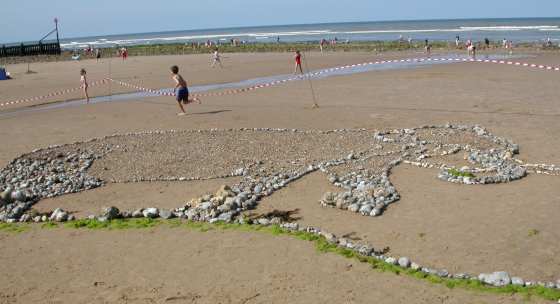
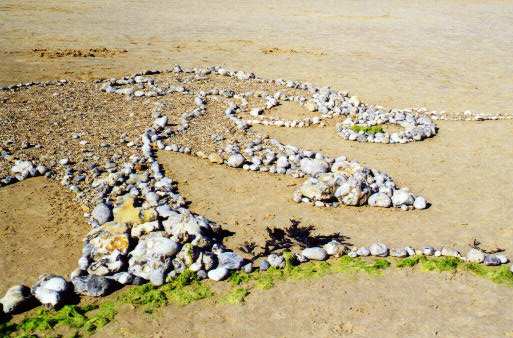
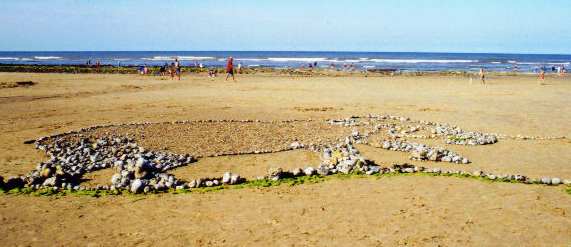 Sea monsters and mermaids: a chance for visitors to Cromer Museum
to design and make their own mermaid figures and prehistoric sea monsters inspired by fishermens' tales and local geology.
Sea monsters and mermaids: a chance for visitors to Cromer Museum
to design and make their own mermaid figures and prehistoric sea monsters inspired by fishermens' tales and local geology.












Prehistoric art workshop at Cromer Museum inspired by fossils found locally. Visitors used their fingers and sticks
to paint on crumpled sugar paper with pigments ground up between stones to create a wonderful array of cave art inspired pictures.
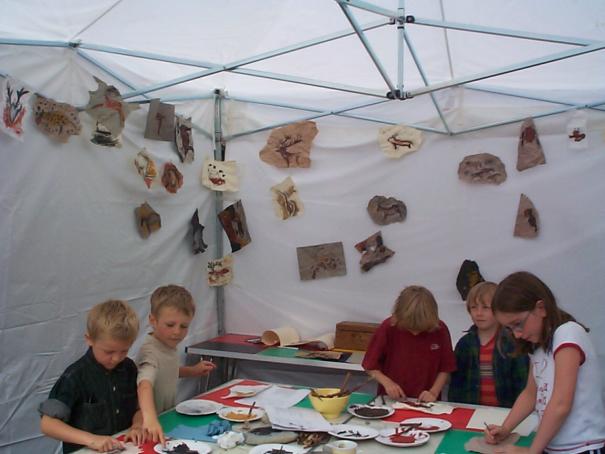

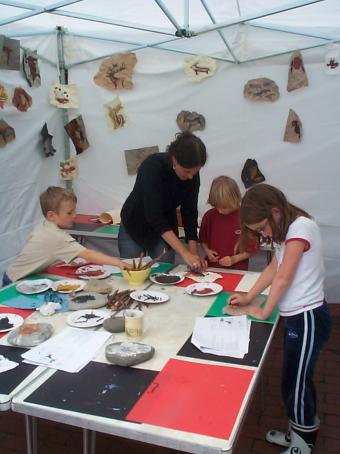
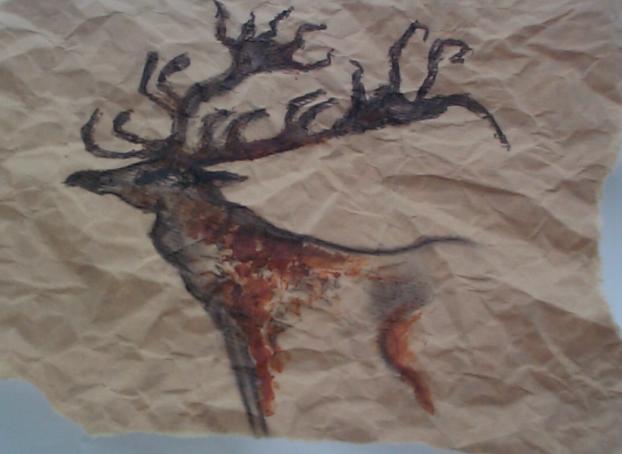
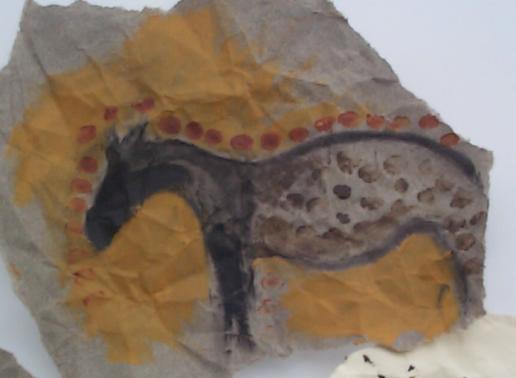
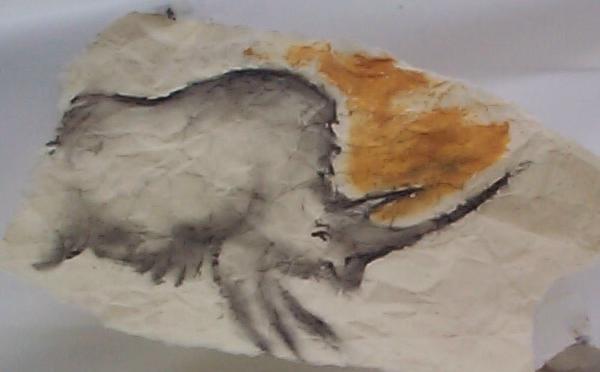
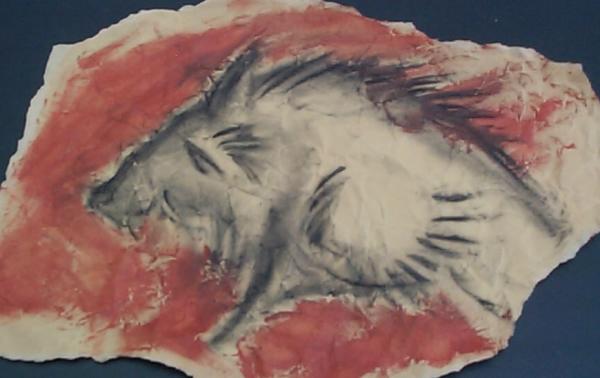



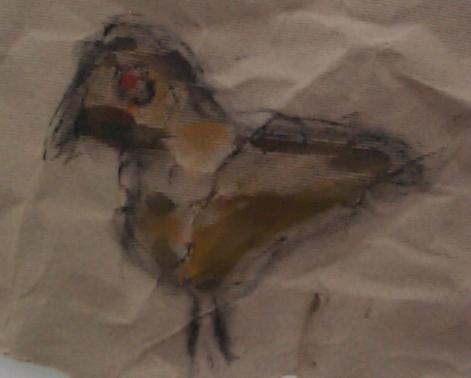
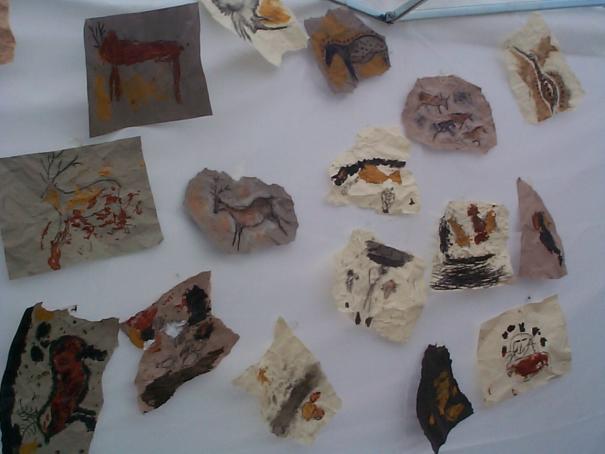
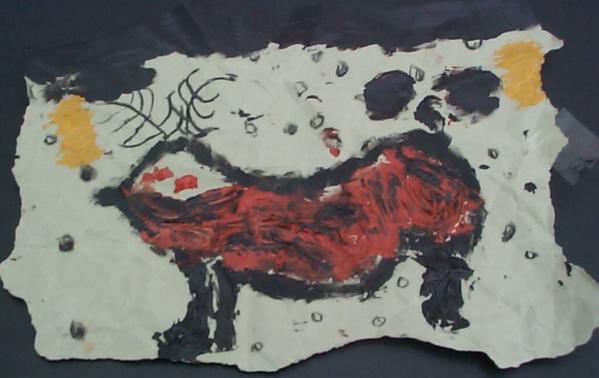
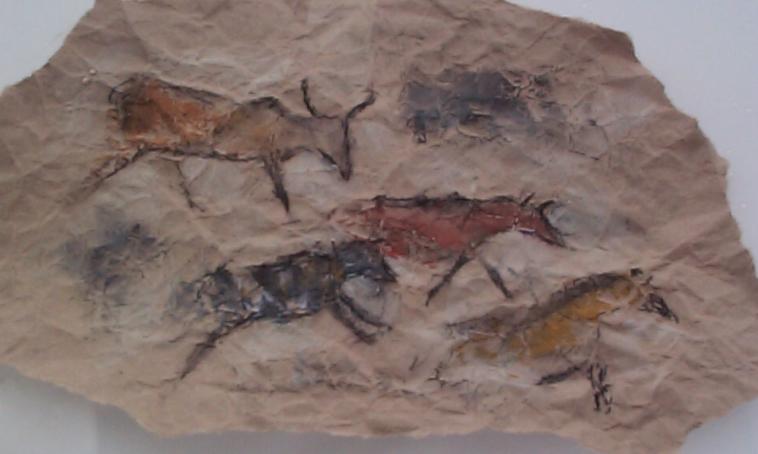
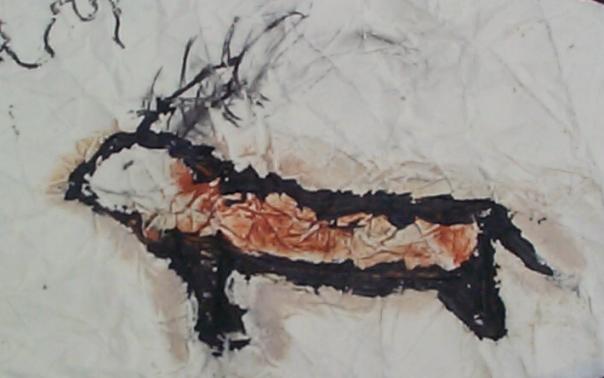
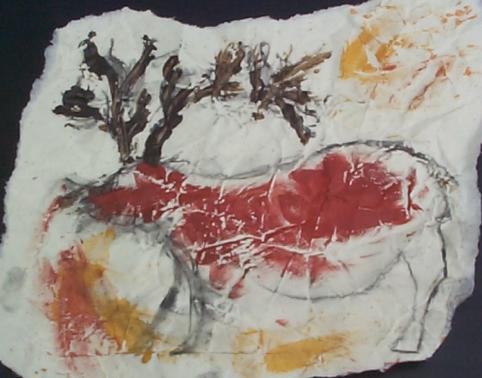
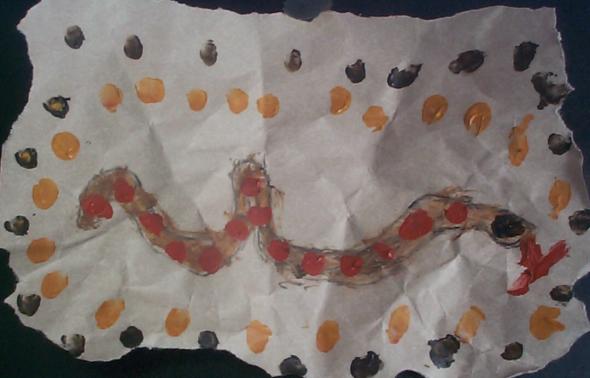
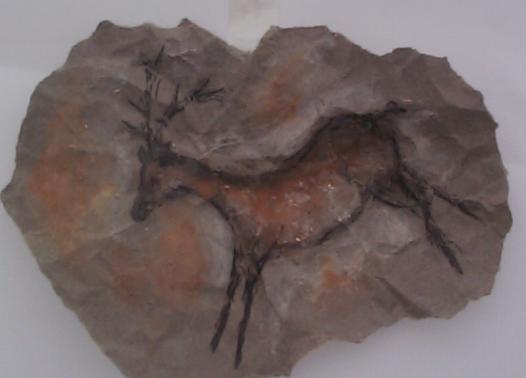
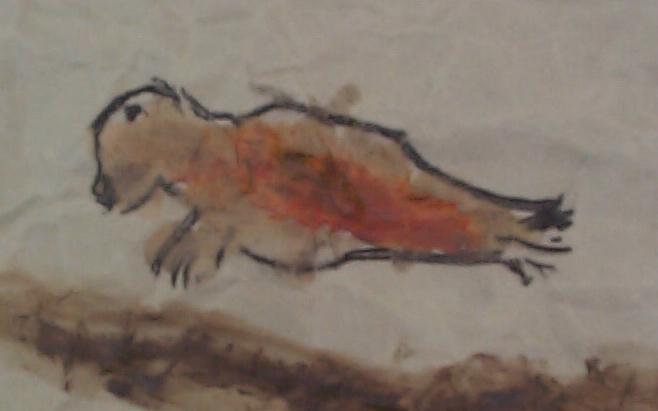
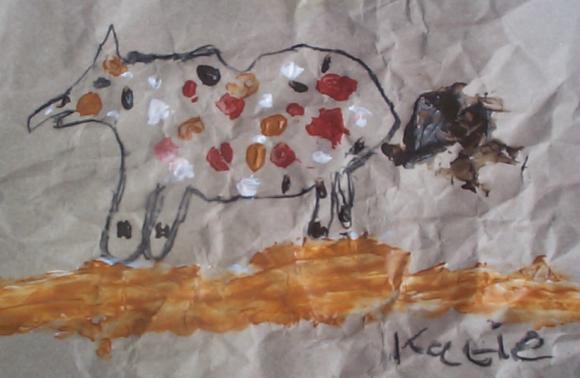
Poo Detectives! A day of creative activities in November 2005 at
the Sir Walter Rothschild Zoological Museum in Tring,
Hertfordshire, run as part of their temporary exhibition "Poo: A Natural History of the
Unmentionable". We provided fossilised dung to handle, archaeological droppings and more recent examples to
study and identify, plus
relevant books, posters and articles to read and information and activity sheets
to use on the day
and take home. A variety of creative activities were arranged including making
food-web mobiles of animals and their dung.
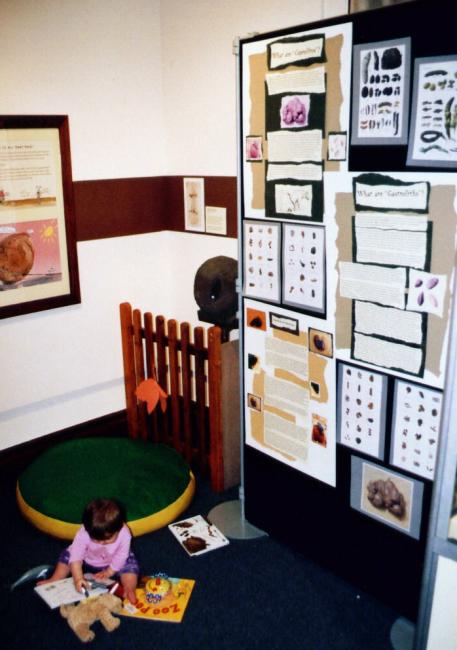
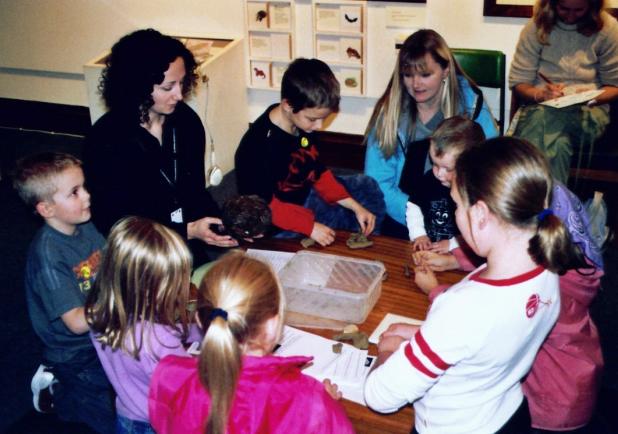
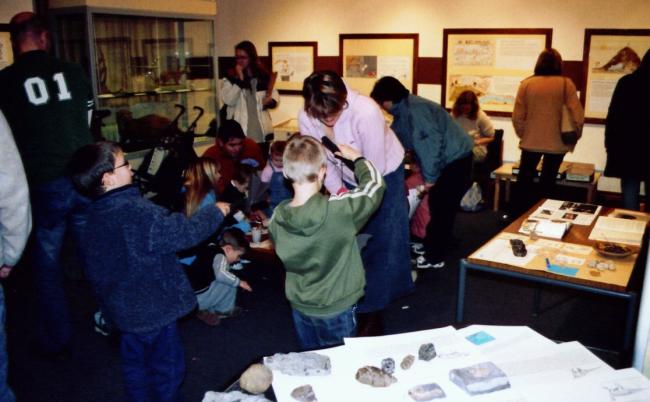
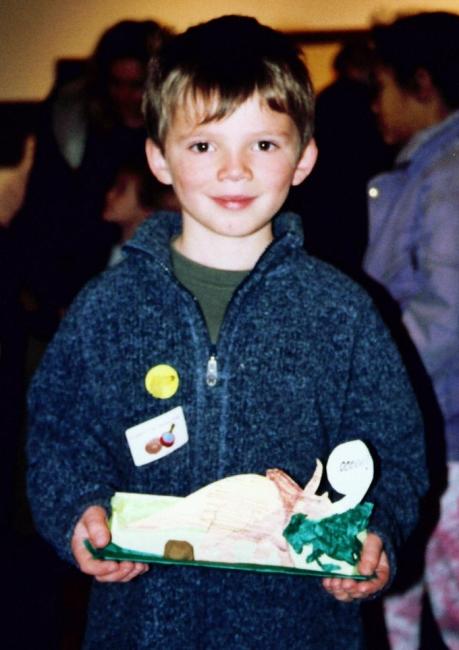
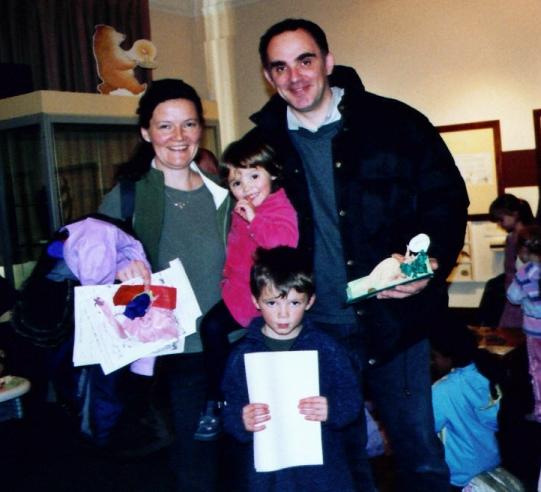
"leapfrog!" - metamorphosis of the frog
Wildlife tracks and trails
